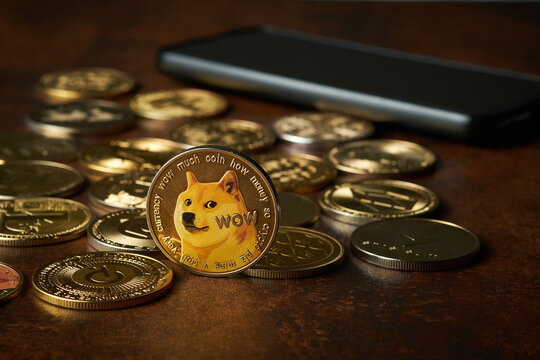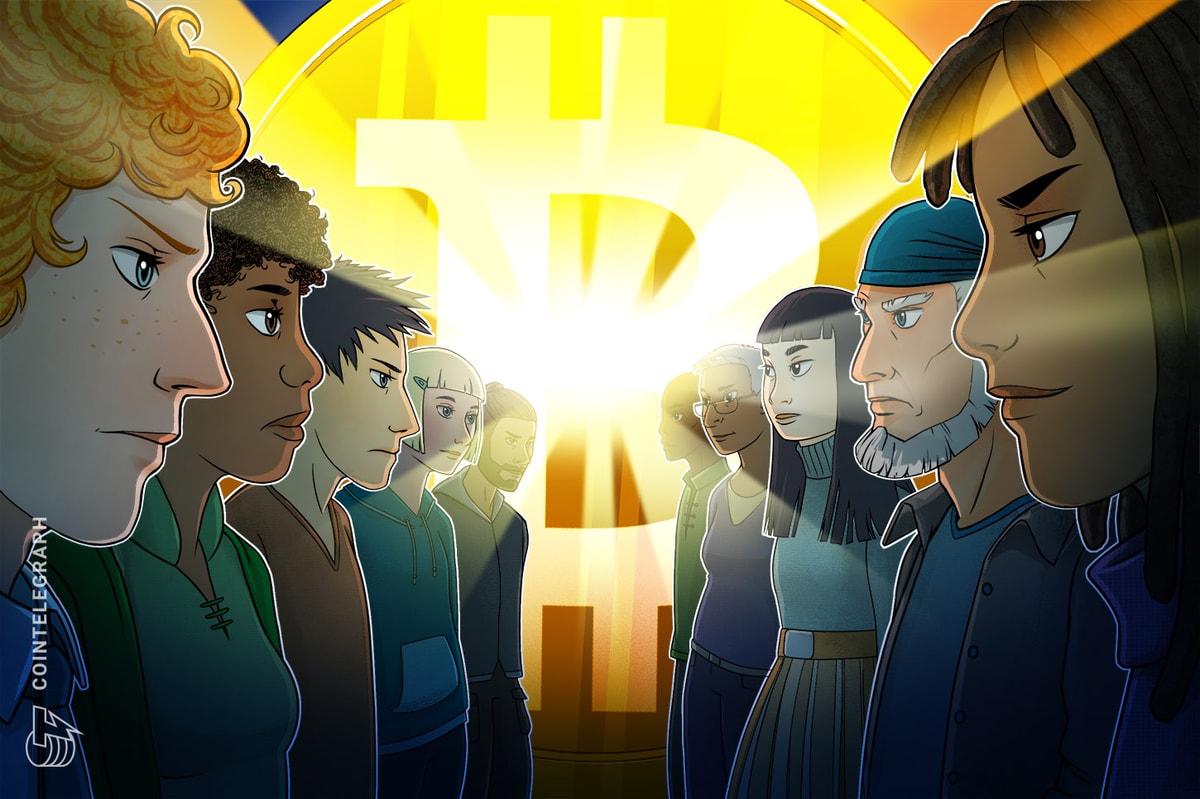An interesting conversation came out of a post I recently wrote on LinkedIn, which discussed how NFTs could be part of a brand’s rewards programs going forward.
NFTs function as a digital receipt of purchase. The NFT creator attaches cover art, a URL and a resale royalty rate to the receipt. NFTs use a blockchain (usually Ethereum) to record this receipt and display ownership.
From Proof Collective launching a successful incentive program with Moonbirds to the massive valuation of Yuga Labs, Web3 native companies are in an arms race to drive utility and rewards with their NFT collections. These new brands have a huge challenge. They have little tenure as a brand, fresh intellectual property and, in many cases, no prior revenue.
Traditional brands, on the other hand, have all these assets: known product names, deep execution experience and, for some, a lifetime of loyal customers. But even with these advantages, leading consumer brands face a 24/7 consumer feedback cycle on Twitter, where each new product launch is probed for merit.
So how do brands use this new technology for successful loyalty?
One recent example is the music festival, Coachella. Coachella partnered with the crypto exchange, FTX, to create a full product stack of NFTs, leading with lifetime ticket passes to their events. At lower price points, additional NFTs unlock merchandise, exclusive content and upgraded experiences.
With this example in mind, here are some initial questions to ask if your company is seeking to explore NFT-powered loyalty:
- Like the iconic golden ticket, what lifetime perk would be the most desirable for our customers?
- What promotions or perks have been successful with our customers in the past?
- What benefits can we offer that will drive customer lifetime value, foot traffic or recurring sales?
- Are there perks that we can offer where our operational cost is low compared to the value perceived by our customers?
- If we offered a reward to a customer, would we be open to allowing them to sell it to another?
The massive opportunity here, as demonstrated by Yuga Labs and Proof Collective, is to radically rebuild fandom.
With NFTs, the key ingredients for success run contrary to traditional management practices. If loyalty points equal liabilities for a brand’s balance sheet, then any new initiative will face pushback from financial leadership. If lifetime rewards look like uncapped expenses, then new programs will eventually break their promise to consumers.
But if we make the case for a radical reconfiguration, which brands will win long-term? The companies that figure out how to convert customers into members by designing and issuing benefits that reward loyalty through granting assets to their top clients and perpetually delivering surprising perks will likely be the most successful.
When we own something branded that has market value, we value it and pay attention to that brand more. No discount code, rebate or BOGO offer will be able to compete over time with a brand that’s built a well-designed, asset-driven loyalty program.
Gavin Gillas, JD is the co-founder and CEO of Project Venkman, bringing Web3 to loyalty and rewards.
This article was published through Cointelegraph Innovation Circle, a vetted organization of senior executives and experts in the blockchain technology industry who are building the future through the power of connections, collaboration and thought leadership. Opinions expressed do not necessarily reflect those of Cointelegraph.
Learn more about Cointelegraph Innovation Circle and see if you qualify to join











